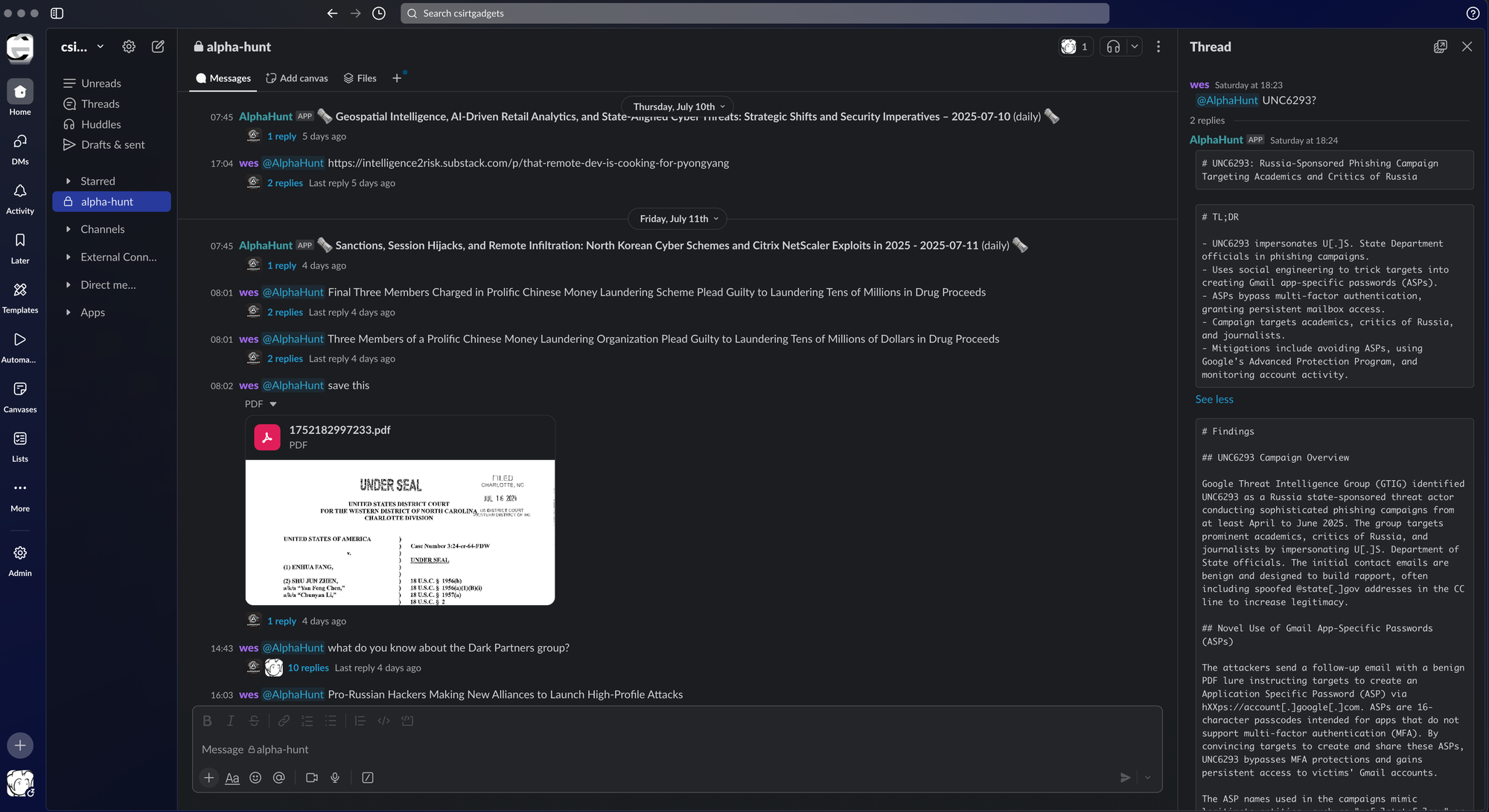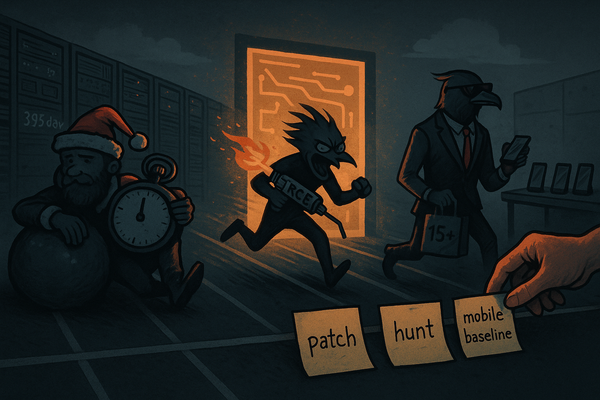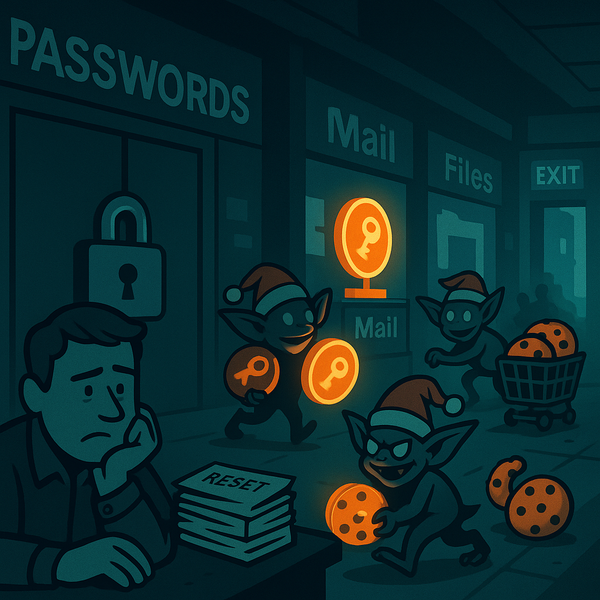Will Akira trigger a week-long hospital disruption by end of 2026?
20% odds Akira triggers a 7-day ambulance diversion at a 10+ hospital system by end of 2026. 🚑 Still feeling “low risk”?

Executive Overview
Question
By 31 Dec 2026, will Akira (or a clearly linked successor brand) be publicly tied to at least one ransomware incident that forces a large healthcare system (≥10 hospitals under one operator) in North America or Europe to run under emergency/diversion status for ≥7 consecutive days?
Resolution
By end‑2026, I estimate about a 1 in 5 chance that Akira (or a clear successor) is blamed for a week‑plus diversion crisis at a large NA/EU health system. Severe multi‑hospital ransomware events are now routine, but they are split across several major groups, with Akira only one contender.
- Odds: 20% that an Akira‑linked attack meets the ≥10‑hospital and ≥7‑day diversion threshold.
- Main drivers: High base rate of severe hospital incidents vs. strong competition from other RaaS groups and targeted mitigations against Akira.
- Watch: Akira’s victim mix (more large health systems), law‑enforcement actions against Akira, and any new week‑plus diversion events in NA/EU hospitals.
AlphaHunt
Stop doomscrolling, start decisioning. We chewed through the muck so your team doesn’t have to. → Subscribe! • Forward to your on-call lead.
(Have feedback? Did something resonate with you? Did something annoy you? Just hit reply! :))
Forecast Card
-
Resolution Criteria (Yes): By 2026-12-31 23:59:59 ET, credible public reporting (victim statements, major media, law enforcement, or reputable threat‑intel firms) establishes that:
- A ransomware incident occurred.
- The responsible actor is Akira or a direct, widely-assessed rebrand/successor (strong continuity in operators/TTPs per multiple independent sources).
- The primary victim is a healthcare delivery system operating ≥10 acute‑care hospitals under one corporate/administrative operator, located in North America or Europe.
- Due primarily to this incident, the system (or a clearly identified majority of its hospitals) operated under emergency/downtime/diversion procedures for ≥7 consecutive days, where:
- Emergency departments and/or ambulances were diverted, or
- The operator (or relevant authority) publicly described operations as “emergency status,” “IT emergency,” “downtime procedures,” or equivalent.
- The ≥7‑day period must be continuous (shorter interruptions inside the window do not break continuity).
-
No if:
- The actor is unattributed or credibly attributed to a different group without strong Akira linkage.
- The victim operates <10 hospitals or is a non‑provider entity (e.g., insurer, clearinghouse, pathology‑only provider).
- Diversions/emergency status last <7 consecutive days or are primarily due to other causes (e.g., natural disaster).
- Only data theft occurs without materially impacting clinical operations.
-
Horizon: 31 Dec 2026
-
Probability (Now): 20% | Log-odds: -1.39
-
Confidence in Inputs: Medium
-
Base Rate (refined): ≈60% for
“At least one ransomware incident in a 2‑year window that causes week‑scale disruption to a large multi‑hospital health system (NA/EU), regardless of actor.”Derivation (event counts + sector data):
-
Volume & downtime (US healthcare, 2018–2024)
- 654 successful ransomware attacks on US medical organizations 2018–2024; 143 in 2023 and 118 in 2024.[^comparitech]
- Average downtime ≈17–18 days per incident; many organizations lose weeks to months of normal operations.[^comparitech]
-
Large multi‑hospital, week‑scale outages (NA/EU, 2020–2025)
- Universal Health Services (UHS), 2020 (US): Ryuk attack disrupted 400+ facilities; UHS spent three weeks recovering, with documented ambulance diversions and canceled surgeries.[comparitech][uhs-overview]
- CommonSpirit Health, 2022 (US): Ransomware disrupting operations at 140+ hospitals; EHR access restored ≈5 weeks later; estimated cost ≈$160M.[^comparitech]
- HSE Ireland, 2021 (EU): National health service ransomware; Ireland’s HSE took nearly 4 months to recover.[^bright]
- Ascension, 2024 (US): Black Basta ransomware impacted ≈140 hospitals, caused widespread EHR loss, postponed procedures, and ambulance diversion across the network.[hisac][ascension]
- Kettering Health, 2025 (US): System‑wide ransomware outage affecting 14 medical centers; EHR offline for ~2 weeks and normal operations for key services not resumed until three weeks after detection.[^kettering]
Across roughly 6–7 years (2020–mid‑2025), there are at least 4–5 clearly documented cases of ransomware causing week‑plus operational disruption at ≥10‑hospital systems in NA/EU. Treating those as a Poisson process:
- λ ≈ 0.6–0.8 such events/year
- P(≥1 such event in a random 2‑year window) ≈ 1 – exp(−2λ) ≈ 60–80%
I conservatively set the base rate at the low end (~60%) to account for reporting gaps, definitional differences, and the ≥10‑hospital threshold.
-
AlphaHunt Converge - Plug in your Flight Crew
Get intelligence where it counts. No dashboards. No detours. AlphaHunt Converge teases out your intent, reviews the results and delivers actionable intel right inside Slack. We turn noise into signal and analysts into force multipliers.
Anticipate, Don’t Chase.
Top Drivers, Scenarios, Signals and References
(Subscribers only.. sign up!)






